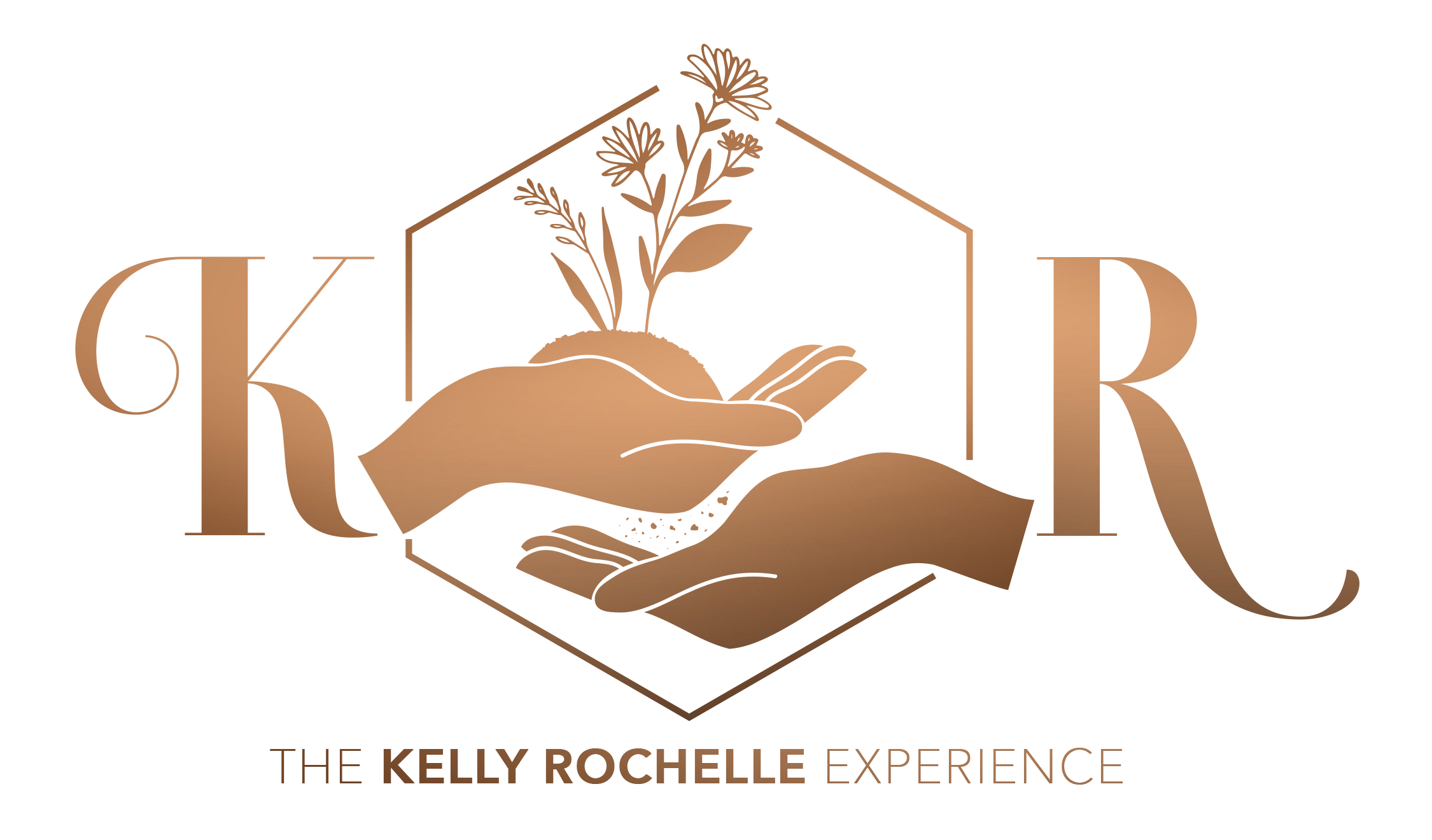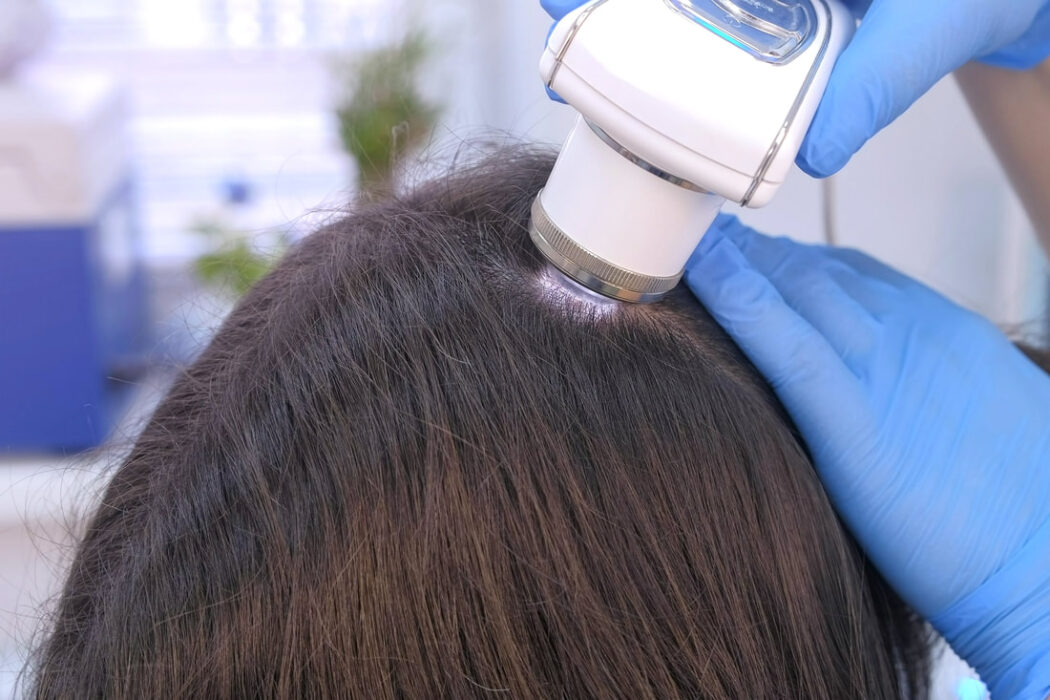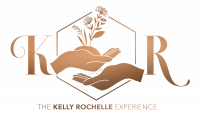On July 31, 2020, I enrolled in the American Academy of Hair and Scalp Diseases!
This is an 18 month certification program and my classes started on November 1, 2020. Trichology is the study of the diseases and disorders of the hair and the scalp. A Certified Trichologist bridges the gap between dermatology and cosmetology.
When I signed up for this program, I had no idea what I was really getting into. It was nothing like I imagined. Like, at all.
But let me start at the beginning and take a trip down Kel Kel’s memory lane!
This year will be my 28th year of operating as a licensed cosmetologist. That’s more than half of my life and doesn’t include the years that I did hair unlicensed, while training in cosmetology school.
I’ve always had a love for doing hair. I remember when I first started doing hair, (back in the early 90’s), I tried every and anything as far as hairstyling was concerned – Jheri curls, relaxers, weaves bonded with glue, you name it! Eventually, I found my niche and began to focus on healthy hair maintenance.
I was never really a fan of the hairstyling methods that had the greatest potential to damage the hair fibers. I found myself moving away from offering weaving services of any kind, and encouraging women to wear their own hair. Then came the natural hair movement.
I can’t lie — I had a difficult time shifting into offering natural styles versus relaxed styles. It was like I had to relearn how to do natural hair. When I was an up-and-coming cosmetologist, it was all about getting the hair as straight as you can by any means necessary. Especially if someone had natural hair and wanted to wear it in a straight style. The heat and products… I’ll just say — I’m thankful for education. Education is one of the best things about being a cosmetologist. You can always reinvent the services you offer via education.
There was a point in my career where I had to put education on the back burner though. I had gotten married, purchased a home, and soon afterwards opened my salon. I got bits and pieces of education where I could fit it in financially, but couldn’t invest in it the way that I really wanted and needed to.
Shortly after opening my salon, I met a dermatologist who was also a licensed cosmetologist. She offered a few classes on how to recognize different forms of scarring and non-scarring alopecia. I went to just about every class that she offered. The information that she shared equipped me to recognize some of the different patterns that happen when one of the types of alopecia are present. At the time, I felt and had in my mind that there wasn’t anything that I could do to help the client, other than to refer them to see a dermatologist. So that’s what I did.






